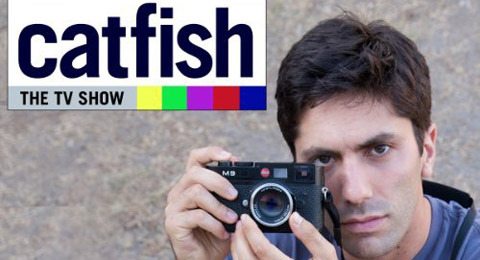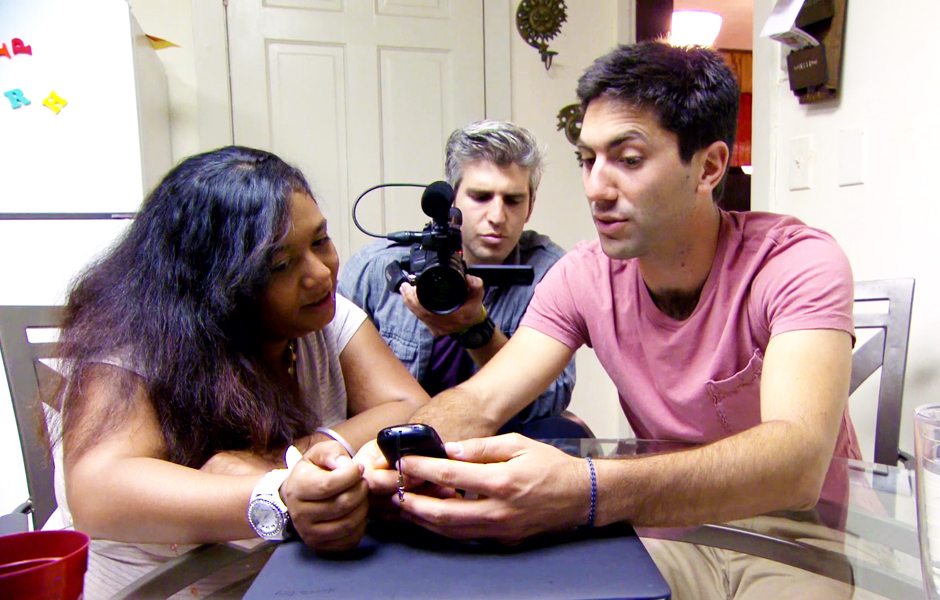The other day, I talked about why you need Twitter. Well, today I want to share some practical ways you can ignite (or reignite) your platform on the popular social network.
5. Update All Settings
Before you send out that first Tweet, you need to make sure that all of your settings are updated and customized to your liking. If it’s set to a high privacy setting, I recommend keeping it open unless you have a good reason not to.
Pick a good profile picture and header that best represents who you are. For most people, this means staying away from logos and looking like a human being. Why? Unless you are creating a Twitter for a business, you have no reason to make yourself look like something you’re not.
The best way to brand yourself is to brand yourself as what you actually are: a person. There are exceptions to this, of course, but for most of you, keep it personal.
Also, spend a good amount of time writing your bio. Too long, and people aren’t as likely to read it. Too short, and people won’t know enough about you. Be witty, but informational.
4. Start Following
Most people understand that the only way to find followers (when you’re starting out) is to go on follow binges. What most people don’t understand is that you have to be strategic about this.
First off, stay away from “Verified” users. These are your high-profile celebrities and captains of industry that don’t follow-back because, let’s face it, they have too many followers to follow-back.
Don’t just follow anyone. One of the best strategies I’ve used is to find high-profile users that are similar to me (so for social media management, I would pick Chris Brogan for example) and follow the people who follow them. Simple right?
This helps you in two ways: 1) You’re following people who are aligned to your interests, which is why a smart bio about who you are is really important. 2) These are people who actually do follow other people. In other words, you’re filtering out a lot of spam accounts and people who don’t normally follow others.
Lastly, I recommend you avoid following more than 100-200 people a day. Sure, you can do more than that, but it’s a lot easier to keep up with the people who follow-back, and this allows you time to thank them.
3. Start Unfollowing
Ratios are important. If your news feed is too cluttered, your Twitter experience will suffer. You’re going to want to engage with people who follow you back and normally engage with your content. Keep your ratio pretty tight.
Now, as I’ve said before on this blog, don’t unfollow the people who have actually followed you back. You followed them for a reason. You want them to be engaged with your Tweets, but they will most likely unfollow you in return if they discover your treachery.
There are great tools for unfollowing users that don’t follow back in bulk. My favorite is ManageFlitter, a free website that lets you fast select up to 100 users a day, making your follow/unfollow strategy easy to replicate each day.
2. Use HootSuite
Scheduling your Tweets should absolutely be a part of your strategy, especially since we are all way too busy to consistently Tweet every single day.
What I usually do is schedule 5-7 Tweets in the morning that will spread out through the day. These Tweets are typically articles and links that I find interesting enough to share.
For the rest, I just update like I normally would through mobile. These are usually Tweets about myself, retweets, and replies. To maintain variety, I go by the 70-20-10 rule, which you can check out here.
1. Show some love
The other day, I Tweeted that, “Retweets are currency. Spend them wisely.”
I basically meant that when you retweet someone, you are investing in their content. It helps them because you’re making their content that much more viral, but you are using up your own resources to share what they have to say (the more you retweet, the less value you assign to each retweet because it looks like you will share anything).
If you’re following great people on Twitter, then they will value your retweet or favorite for what it is: you taking the time to invest in their content.
This is how you build an engaging following. Finding out what to Tweet, while important, is not the beat-all to building an audience. You can Tweet something extremely profound, but only an audience that you have formed rapport with will actually see you standing out in their feed.
Yes, you need to use hashtags effectively. Yes, you need to pay attention to trending topics. Honestly, that all develops naturally as you get more experienced with Twitter.
What you need to really focus on is community-building. Show some love and watch it reciprocate. Be relevant, timely, and frugal. Use the methods above, and watch yourself become infatuated with my favorite social network.
Thanks for reading! You can subscribe to this blog by email via the prompt on the left sidebar. Otherwise, be sure to stay connected with me on Twitter (@JonNegroni). I’ll follow you back if you say something witty and awesome.














